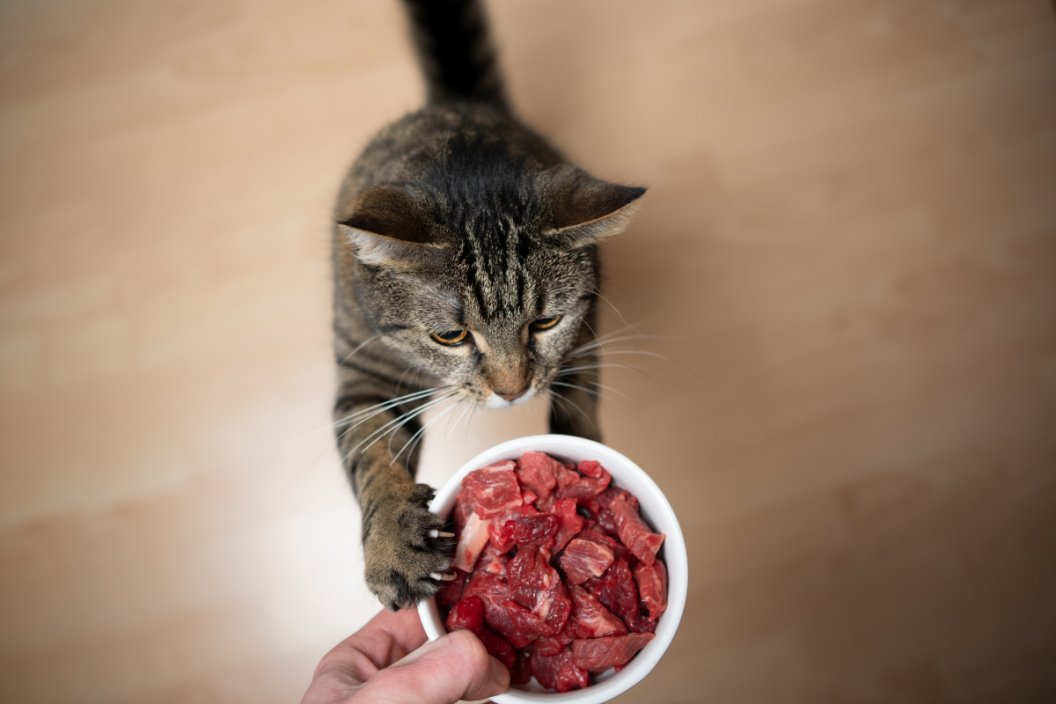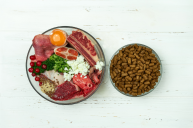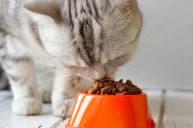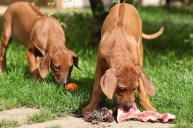Homemade cat food is practically all the rage these days.
There are a number of different types of homemade cat food, hundreds of quality recipes, and plenty of arguments as to why you should be making your own cat food.
So what does homemade, healthy cat food even consist of?
Homemade cat food can be served in one of three ways: as a raw diet, half cooked, or as a fully cooked diet. A natural diet consists of ingredients that are purely beneficial for a cat's diet with very little to no filler items, such as corn, for example. Corn is not something that is found in a cat's natural diet. It's not normal nor necessary. Homemade cat food is worlds better than any processed food on the market because it is basically grain free.
Raw meat diets include meats like chicken livers, bone meal, or other animal fat. Food safety should be common sense since salmonella and other bacterial contamination are risky. Food-borne illnesses can affect animals and humans and symptoms include diarrhea, issues with the urinary tract, and inflammatory bowel disease in extreme cases.
Wash your hands after handling raw meats and make sure you know where you are getting your meat. You can also partially boil the meat, or use a meat grinder or food processor to lessen handling.
A homemade diet, however, consists of only what cats need. Protein, vitamins, minerals, and everything that cats are supposed to have in their diets are incorporated to make the most beneficial meal a cat could have.
Vegetables and fruits can be added to a homemade cat food meal or diet but only when used in moderation. Like corn and other carbohydrates that are added into processed cat food as fillers, vegetables and fruits aren't exactly a source that is needed for cats to survive, but small amounts can be beneficial at times.
What's Needed for a Balanced Diet
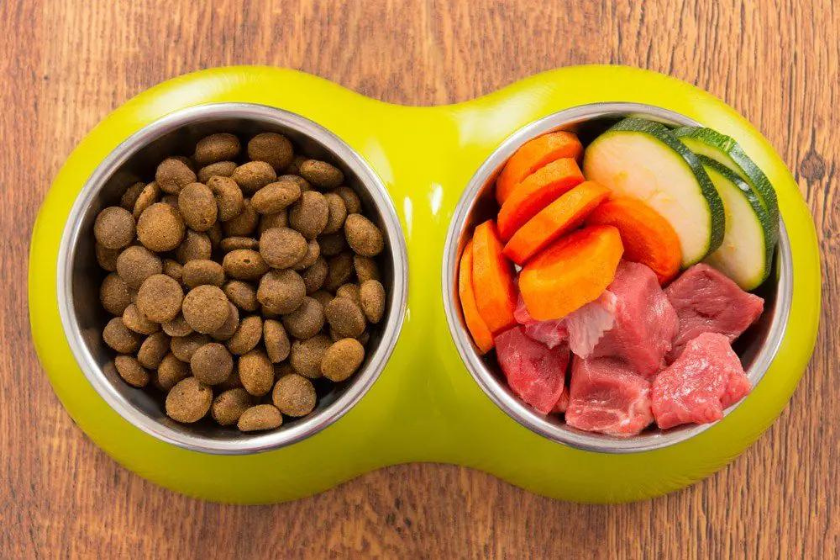
Adult cats need to have the following essential ingredients listed below on a daily basis to ensure they have a healthy, balanced diet:
- Minerals
- Vitamins
- Fatty acids
- Amino acids
- Protein
- Water
Water, for one, is extremely important. Processed cat food and kibble actually dehydrate your cat because they lack liquids. There's a good chance your cat is not drinking enough water on his own if he is just eating dry food. The easiest way to ensure that they have enough water is to provide hydrating food sources.
All the Protein Your Cat Can Eat
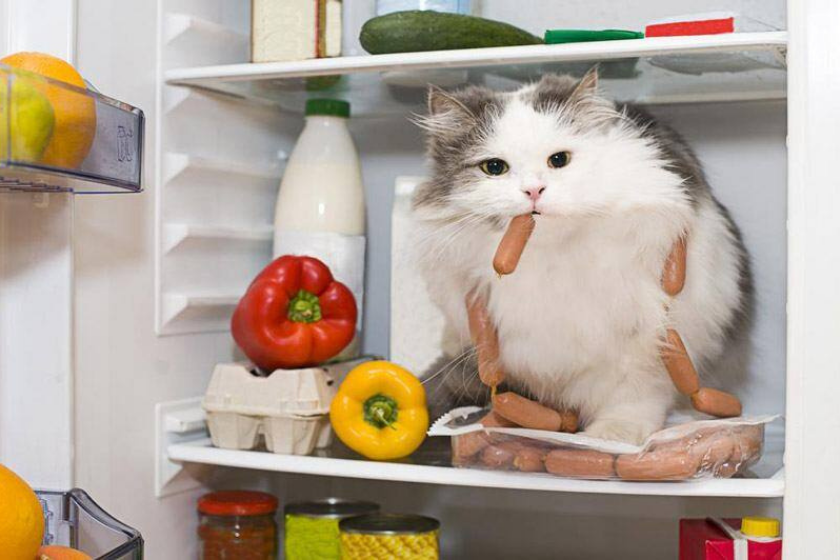
Another benefit of homemade cat food is the influx of protein. Cats are carnivorous creatures by nature and need protein to survive and to thrive. Most commercial cat food contains very little protein and usually only includes the parts-and-pieces variety.
This means that processed cat food brands are basically only adding the entrails and the worst parts of the meat that have little to no nutritional value for cats whatsoever. However, when you make your own homemade cat food, you take control of what cuts of meat to choose.
It's Surprisingly Cheaper
The rumor that making homemade cat food is more expensive than buying processed food is just that: a rumor. Making homemade cat food cuts the cost of food for your cat in half and actually costs much less than high-quality canned food. It is time consuming though!
Other Great Benefits
Listed below is a list outlining the other great benefits that making your own homemade cat food and having your cat on a homemade, healthy diet brings:
- A massive improvement in their digestive system
- Better urinary health and dental health
- Easier weight loss if a cat is currently overweight
- Reduced volume and odor of the stool
- An increase in energy levels
- Fewer hairballs and shedding
- A healthy, shining coat
Having a Cat on a Homemade Diet
Now that you know what a homemade cat diet consists of and the benefits of homemade cat food, answering "should I be making my own homemade cat food," is easier than ever.
Consult your vet or pet nutritionists for more info on a healthy cat food diet and additional supplements (fish oil is a good one) that your cat may need from a home-prepared diet.
Diana Hutchinson runs the website Tin Paw, educating cat owners all about cat nutrition and appropriate diet, cat breeds and allergies, and raising cats the right way! For homemade cat food recipes, go here!
All photos via Diana Hutchinson.
Do you feed your cat homemade cat food? Tell us on the Wide Open Pets Facebook page!
Editor's Note: This article was last updated in June 2017.
